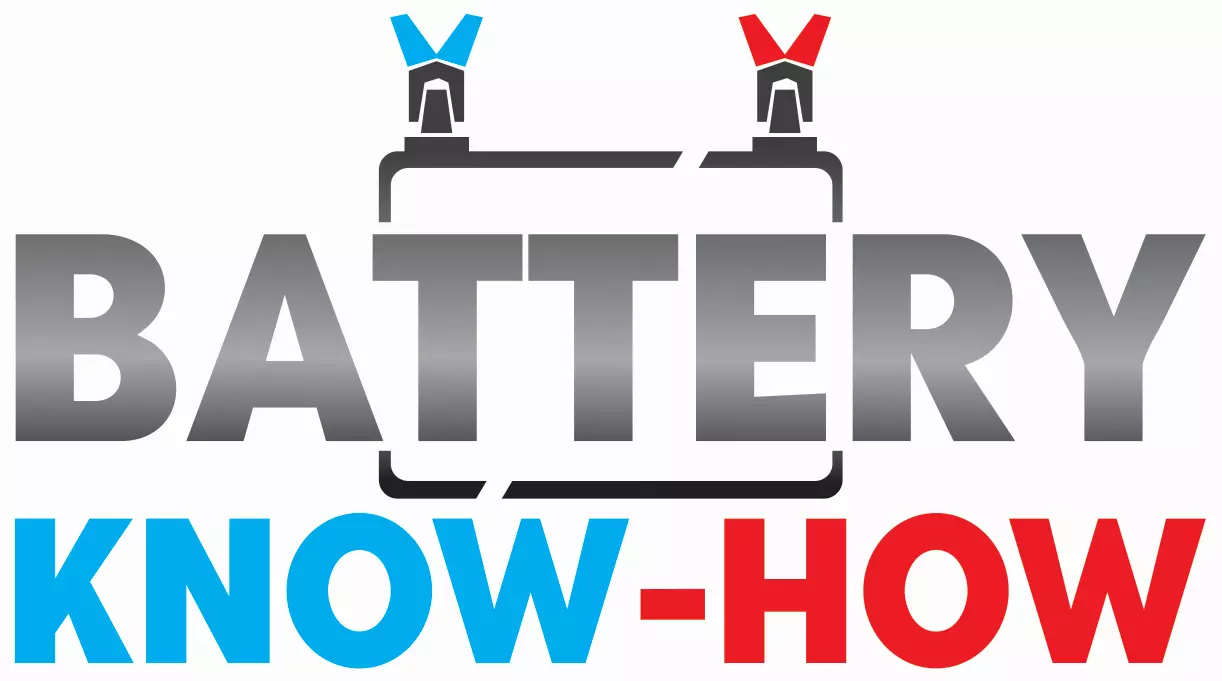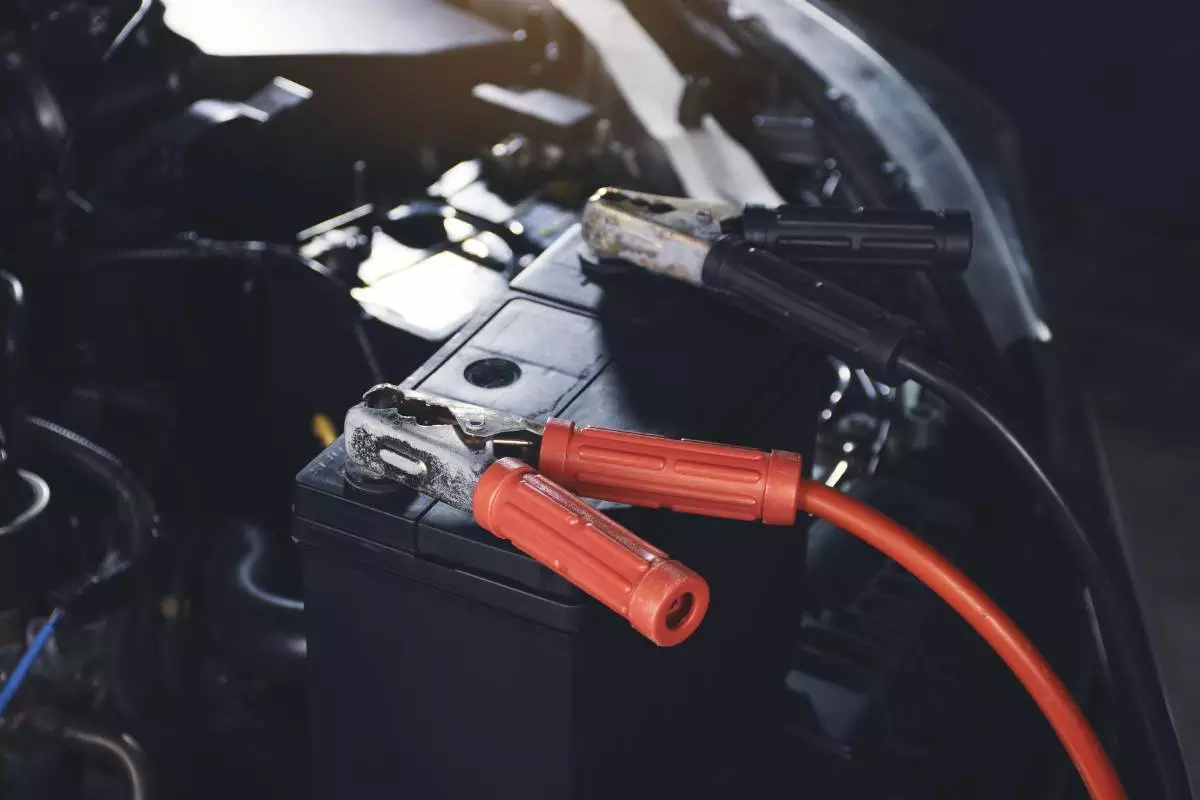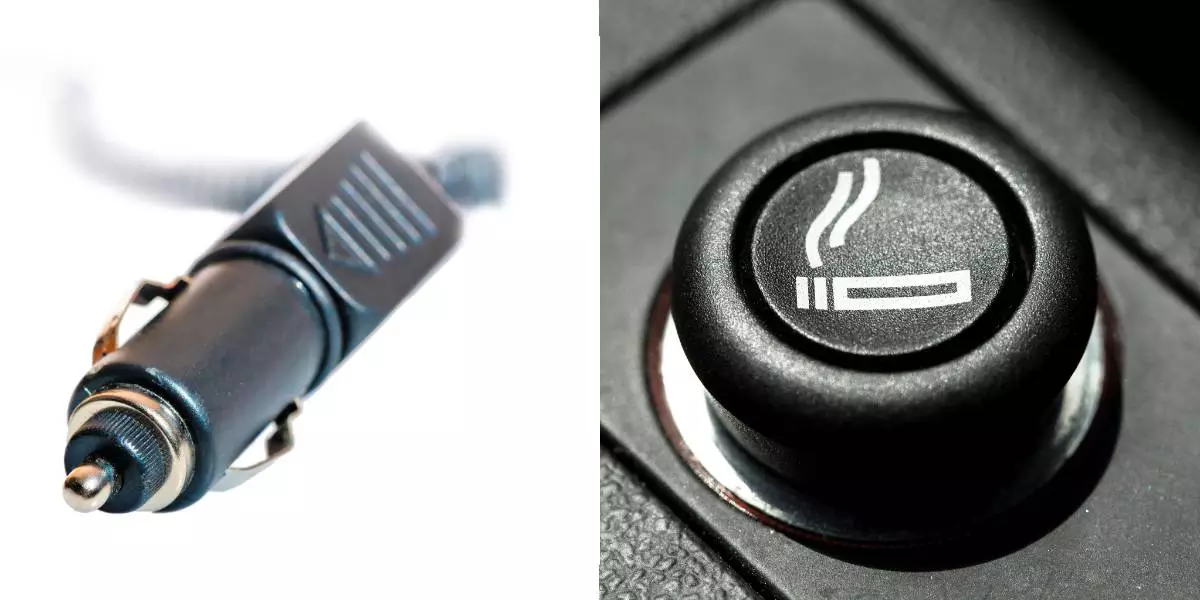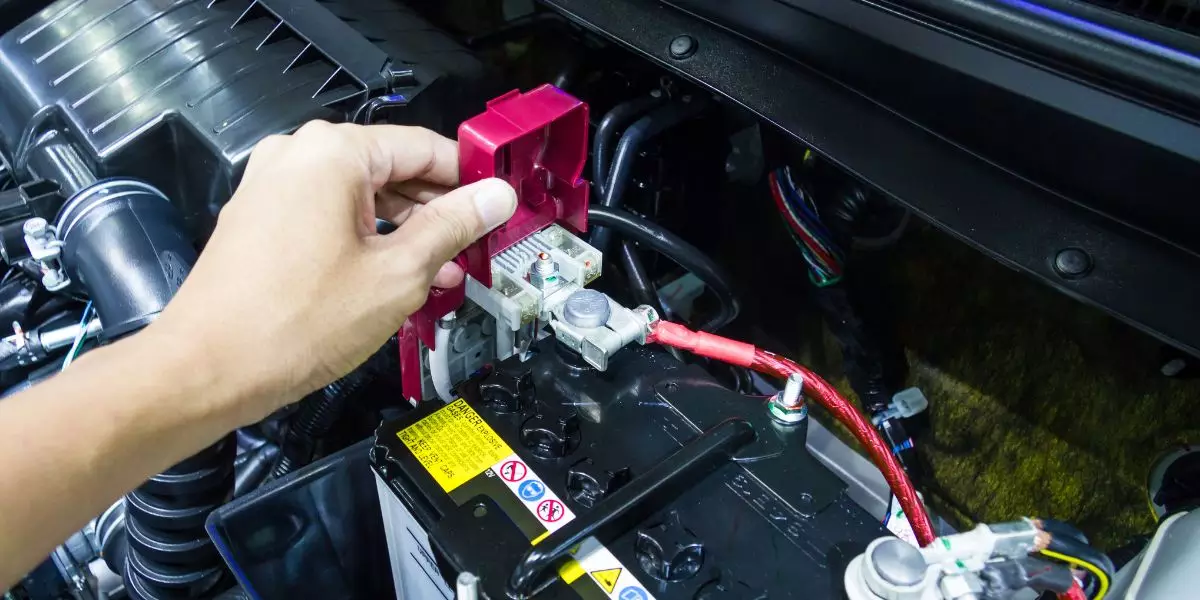It’s aggravating to not know which side of your battery is which, especially if you need to jump the car and you’re late to work—or will be very soon. Unfortunately, there isn’t a universal design strategy when it comes to car batteries.
Car battery terminals are not always on the same side. In fact, if you’re used to seeing the terminals on top, that’s not always going to be the case either. The terminals can be on the long side of the battery or on the short side.
You might not be able to find the battery at all, since some vehicles place the battery underneath the passenger seat and the terminals are only reachable because they are extended—via cables—to an access point under the hood.
Of course, it’s important to know exactly which side is which because you never want to hook up a pair of jumper cables to the wrong terminals when there is juice in the line. Best case scenario, you’ll fry your radio like micro waved butter and that’ll be that for listening to tunes.
How To Identify Positive And Negative Terminals
Some batteries will have a (-) and (+) symbol adjacent to their respective terminals. Others will have red or black covers over each terminal, with red indicating positive and black indicating negative. For others, a little investigation is necessary to find out for sure.
With all of that being said, here are the indicators you need to look for in order to determine which terminal is which so you don’t fry your entire electrical system just trying to get to work in the morning:
- Look for (-) and (+) symbols next to the posts
- Look for a red cable running to one post and a black cable to the other
- Red and black post covers are giveaways
- Positive terminals are a little larger than negative terminals (usually)
- Use a voltmeter
- Left post is “usually” the negative (not always)
- Follow the cables
As aforementioned, the positive and negative signs are usually imprinted on the battery directly adjacent to its post. However, that’s not always the case, and it’s also common—although utterly befuddling—to display the signs in the same color as the battery.
For some reason, particular battery manufacturers think it’s cute to emboss the (-) or (+) in the same exact color as the battery, which makes it incredibly difficult to see, especially in low light, at night, or early in the morning before the sun rises.
One dead giveaway for a positive or negative terminal is a red or black cover. Some vehicles come with their entire setup and battery connection including a cover. If it’s a red cover, you working with the positive post on the battery.
The same is also true of the cables. A bog red cable leading up to and connecting with a post on the battery is going to be the positive side.
Sometimes, there’s simply no indication whatsoever of which one is positive and which one is negative. In this case, you’re left with two options. You can visually ascertain if one post is bigger than the other. The larger post is going to be the positive one.
You can also get ahold of a voltmeter and test each post. The one with the higher current is the positive terminal and the lower number is negative. Even in a battery that is all but dead, you’ll get some current, generally enough to tell the positive from the negative.
Lastly, you can always follow the cables. When you’re looking at your battery, you can trace the cables down from the posts and see where they go. Where those cables (from the battery) connect is important because it will inform you as to what terminal is what.
For instance, if your alternator is visible, you should be able to trace the cable down—at some point, a smaller cable will split off from it—and see if it connects to the alternator. That will be your positive.
If you see one of the cables running down and connecting to an inert, piece of metal, that’s going to be your ground/negative/black cable.
What Will Happen If You Hook Jumper Cables To The Wrong Posts?
Nothing good. As alluded to above, it can create chaos and havoc in your electrical system. You can potentially lose every electrical device in the vehicle, permanently. The radio is pretty close to the battery so it will usually fry first.
You can also expect to blow a lot of fuses, as they’re designed to do so to cut the circuit and therefore stop a surge of current from reaching important parts. You can also significantly damage the jumper cables themselves, making them useless in the future.
The surge of electrical current can also destroy the battery permanently, which means that the dead battery you meant to charge has to now be replaced.
Any blown fuses will have to be replaced or the electrical component that it is protecting will not be accessible. Lastly, and most importantly, it can cause injury to yourself.
The Sparks emitted from reversed terminals can cause a fire hazard, especially since it is surrounded by things that emit fumes of various types, including hydrogen from the battery itself.
What About Batteries With No Negative Terminals?
Yes, there are batteries with no negative terminals on them or, at least not one that you can see or access. If you’re attempting to jump-start your vehicle, with no access to or no visually accountable negative post, don’t worry, you can still jump it.
Instead of connecting the negative jumper cable to a post, connect it to a clean, unpainted, metal surface, such as the engine block. With the other alligator clip firmly attached to the positive post, your battery should be receiving juice from the running, donor vehicle.
Final Word
Sometimes, battery manufacturers are just terrible about labeling their vehicle batteries. It’s as if they’re so caught up in the technology of the thing that they forget that not everybody is knowledgeable about car batteries.
Thankfully, you have this article to fall back on if you ever have the unlucky opportunity of jumping a car and the battery isn’t well labeled. That’s what we’re here for and you’re welcome.




